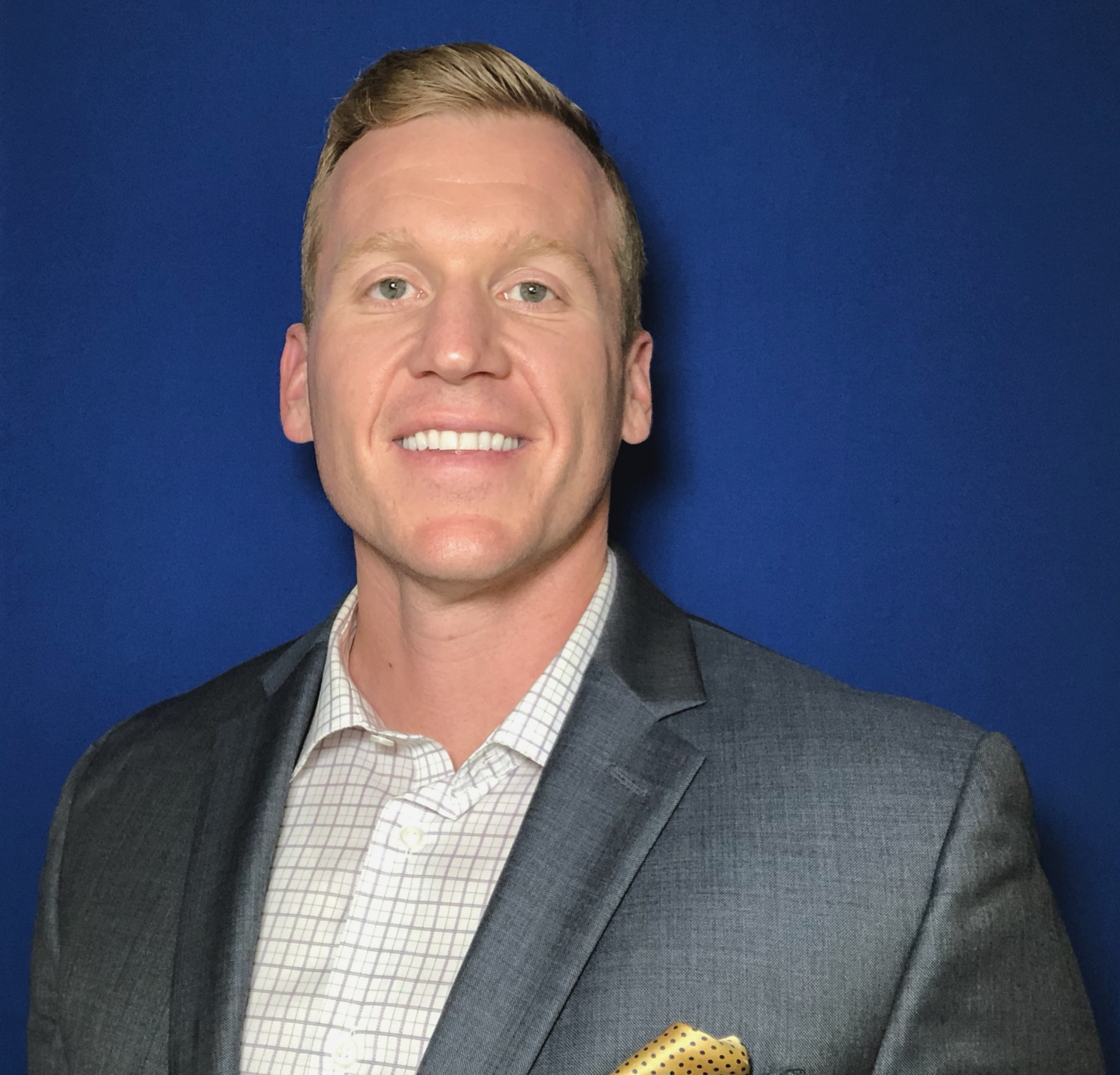Why Nonverbal Communication Is So Important To Being Understood
She looks at you and yells, it's not what you said, but how you said it.
Nonverbal communication is more important than what you say. A picture is worth a thousand words they say, even if you're that picture.
Saying I love you with a face of disgust isn't a good way to build the relationship.
Coaching your team member to overcome a problem, but saying it with an aggressive, dismissive tone, doesn't build morale or confidence.
My wife has been told she has a Resting B!&$% Face (RBF), which makes her highly unapproachable to strangers.
One afternoon, a team member came into my office, upset. She thought I was mad at her and didn't like how I addressed her earlier in the day.
I was shocked, as I had no clue what I said to make her upset. I felt bad.
It wasn't what I said, but how I said it. I was busy and came off short and snippy when she brought a problem to my attention.
My nonverbal communication translated into, leave me the fuck alone. Not a kind gesture, whether I consciously knew it or not.
To be better communicators, we need to learn how to develop our nonverbal communication.
The Importance Of Nonverbal Communication.
In some studies, nonverbal communication is reported to have 65% to 93% more impact than the actual words spoken.
A large portion of our communication is nonverbal.
All professionals must continue to develop their written, verbal, and nonverbal communication skills.
Developing these three communication areas will make you a skilled communicator, which will profoundly impact your life.
According to Darlene Price, who wrote the book, Well Said! Presentations and Conversations That Get Results says when someone sends an inconsistent message — where nonverbal and verbal messages are incongruent — the other person will almost always believe the nonverbal message over the verbal one.
What we do is more important than what we say.
In a face-to-face interaction, one person can exchange up to 10,000 nonverbal cues in less than sixty-seconds.
Mastering your nonverbal communication is a priority.
Types Of Nonverbal Communication
To begin perfecting your communication skills, you need to know the most common types of nonverbal communication, and how they fit your communication style.
Facial expressions are the biggest that most of us know about. What you do with your face will tell you a lot about the message you're trying to deliver. Just think how much a smile and frown can tell us about the other person.
Gestures are movements we use to communicate meaning without words. Gestures include waving, pointing, and using your fingers for various purposes.
Paralinguistics are vocal communication that isn't an actual language. It's things such as tone of voice, loudness, inflection, and pitch.
Body language will tell you a lot about what you or someone else is trying to convey.Imagine sitting across from someone who has their legs and arms crossed, slightly turned away from you. What message does that send?
Your eye gaze has a vital role in nonverbal communication. Looking, staring, and blinking are all a part of this.
Haptics is a form of nonverbal communication that relates to touch. Haptics vary widely among gender and culture, so it's important you note those differences.
Appearance has a significant role in how others perceive you, whether you agree with it or not. It can be a form of stereotype, but in a world where we can't possibly know everyone, it's a way to understand what someone might be trying to communicate, nonverbally.
We use these types of nonverbal communications in our daily lives, and in these daily cues, we can have a profound impact on our communication.
How To Convey What You Mean With Nonverbal Communication.
Nonverbal cues are more honest than other types of communication, as these cues are sent directly from the "emotional brain" rather than the neocortex.
Here are a few universal nonverbal cues we use and can further develop.
Eye contact says a lot about your intended message. It's the primary tool used in nonverbal communication. When speaking to someone, look directly into their eyes for at least two to three seconds before looking away. If you glance at them for one-second or less, it conveys anxiety, evasion, or insecurity.
A firm handshake communicates confidence. A good handshake consists of a full and firm handclasp. Shake up and down a couple of times, look the other person in the eyes, and smile. Avoid extreme handshakes, the limp wrist, or the bone-crusher. Handshakes are universal, and gender plays no preference in the style of the handshake.
If my Director of Operations, who is a five-foot, one hundred pound woman, shakes your hand and it's weak, she assumes so are you. She now begins the relationship on those grounds — which isn't a good one.
Positive gestures help convey your message. Avoid fidgeting, scratching, or doing unnecessary movements that don't further support your direct message.
Dress for the situation. Don't wear workout clothes for an office party. Clothing speaks volumes in the workplace.
Be confident and take up space. When you stand up straight, you send a message of confidence, authority, and energy. Bad postures have the opposite effect. It signals to others your lack of confidence and low self-esteem.
Use the correct facial expressions. Don't smile when you're serious and when you're friendly, don't frown. Using the right facial expression will help convey your message, and not give confusing mixed signals.
Initiating the interaction helps you come off as confident and secure. Be the first to make eye contact, offer your hand to shake, share your idea or solution, and initiate.
Use the right tone. It's not what you say but how you say it.
Give your full attention. Look at them, square your body in their direction, and lean into the conversation.
Watch and respond to others' nonverbal cues. This takes empathy, sympathy, and care for the people who you're communicating with. Look at their eyes, listen for the tone in their voice, and respond to these nonverbal messages.
It's safe to say what you do is more important than what you say.
If you intentionally focus on how you write, what you say, and what you do, you'll soon become an incredible communicator.









